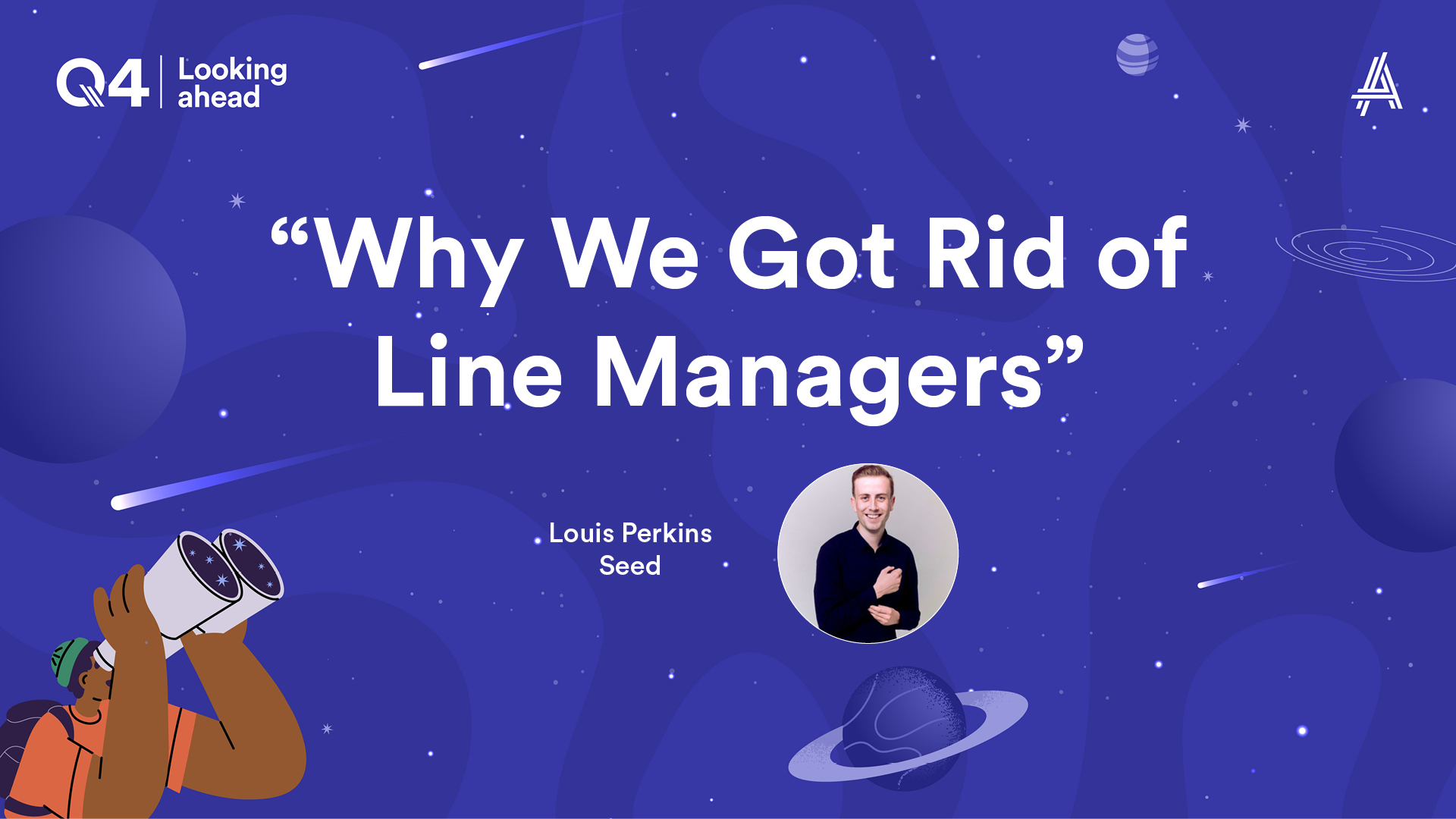
Imagine: what if your agency had NO line managers?
Digital marketing agency Seed has ditched the traditional line manager system.
Drawing inspiration from the book Corporate Rebels, the agency has instead adopted a non-hierarchical structure – in other words, they’ve eliminated bosses. Rather than decisions trickling down from the top, they arise from those most equipped to make them.
“If someone comes in for a job interview and says their passion is to manage people, they want to have a team, then we just have to say: ‘You’re not going to be able to have that here’,” says Louis Perkins, Seed’s People and Culture Manager.
For Seed, this is a way of moving away from the constraints of the conventional corporate world – instead, empowering their employees, and prioritising purpose over profit. This approach instead aims to foster autonomy, trust, and distributed decision-making, countering the challenges and frustrations often associated with traditional hierarchical systems.
It means several good things for the agency:
- No politics of hierarchical roles. The agency believes that the familiar pyramid is out-dated and does not promote agility, speed, and engagement. “We aim to create a structure that encourages responsibility, entrepreneurship, communication, adaptability and the willingness to support each other,” says Louis.
- People are more empowered. People have more job satisfaction and are generally more motivated – and everyone gets a say based on what they’re good at.
- It attracts independent workers. The agency’s structure attracts people who are independent, self-driven, and can crack on without needing anyone looking over their shoulder. Basically, a more proactive and self-reliant team.
Of course – spoiler alert – getting rid of managers isn’t without its challenges!
- Progression is complicated. One of the most significant issues has been around career progression. Without a clear hierarchical ladder, some employees found it hard to envision their path forward in the company. “People were asking, ‘How do I progress when I can’t see that ladder and hierarchy that I’m climbing up?’ That’s a really big, really big issue.”
- It doesn’t work for everyone. The ambiguity surrounding progression can lead to the departure of some employees who are title-motivated. Some individuals prefer having a clear-cut path – like, ‘Next year I’m going to be a senior manager, the year after I’m going to be a director’ – which the agency’s model couldn’t provide.
- Hiring is harder. “You have to screen potential hires more, to make sure they both understood and fit well within the structure,” says Louis. “We have to recruit the right people because for some people, it just wouldn’t work.”
Despite these challenges, the agency has been proactive in addressing and evolving their model to cater to their team’s needs and concerns.
Dive into this session to unpack how this avant-garde structure operates and gauge if it’s the shakeup your agency needs.
